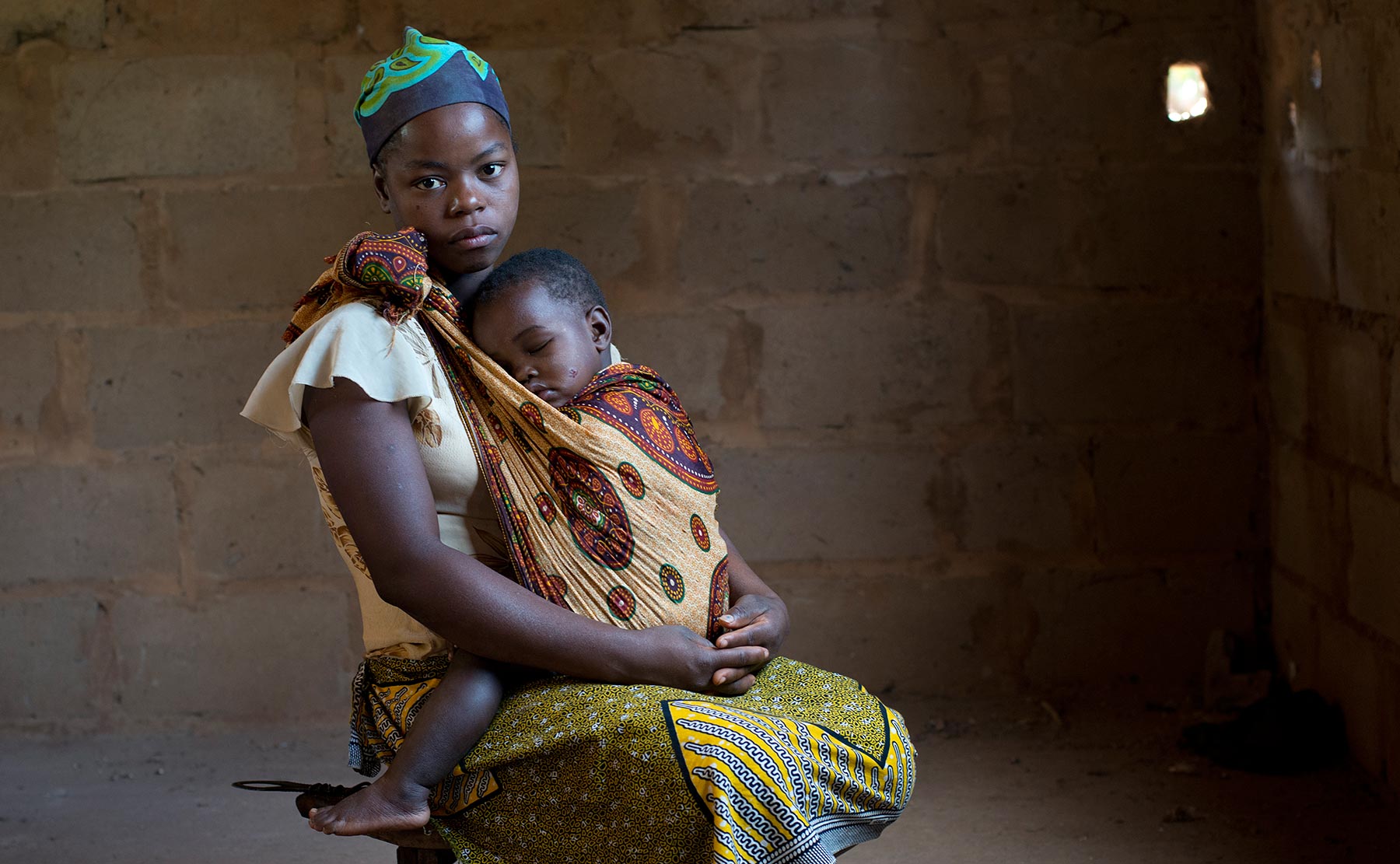
Fighting underage forced marriages
Child marriage, defined as a formal marriage or informal union before age 18, is a reality for both boys and girls, although girls are disproportionately the most affected. Child marriage is widespread and can lead to a lifetime of disadvantage and deprivation. Worldwide, more than 650 million women alive today were married as children. An estimated 12 million girls under 18 are married each year. Girls who marry before they turn 18 are less likely to remain in school and more likely to experience domestic violence. Young teenage girls are more likely to die due to complications in pregnancy and childbirth than women in their 20s; their infants are more likely to be stillborn or die in the first month of life. Overall, the proportion of women who were married as children decreased by 15 per cent in the last decade, from 1 in 4 to approximately 1 in 5. While this is a great improvement, to end the practice by 2030 – the target set out in the Sustainable Development Goals – progress must be significantly accelerated. At current rates, more than 150 million additional girls will marry before their 18th birthday by 2030. Without far more intensive and sustained action now from all parts of society, hundreds of millions more girls will suffer profound, permanent, and utterly unnecessary harm. Evidence shows that girls who marry early often abandon formal education and become pregnant. Maternal deaths related to pregnancy and childbirth are an important component of mortality for girls aged 15–19 worldwide, accounting for 70,000 deaths each year (UNICEF, State of the World’s Children, 2009). If a mother is under the age of 18, her infant’s risk of dying in its first year of life is 60 per cent greater than that of an infant born to a mother older than 19 (UNICEF, State of the World’s Children, 2009). Even if the child survives, he or she is more likely to suffer from low birth weight, under nutrition and late physical and cognitive development (UNICEF, State of the World’s Children, 2009). Child brides are at risk of violence, abuse and exploitation (UNICEF, State of the World’s Children, 2009). Finally, child marriage often results in separation from family and friends and lack of freedom to participate in community activities, which can all have major consequences on girls’ mental and physical well-being. Where prevalent, child marriage functions as a social norm. Marrying girls under 18 years old is rooted in gender discrimination, encouraging premature and continuous child bearing and giving preference to boys’ education. Child marriage is also a strategy for economic survival as families marry off their daughters at an early age to reduce their economic burden during times of stability and in crisis. Empowering girls and women and ensuring girls and boys are healthy is at the core of UNICEF’s mission. Because UNICEF works across multiple sectors, and because it works both with high-level decision makers as well as with grassroots community organizations, it is uniquely positioned to identify and address some of the systemic and underlying factors that pose a challenge to reproductive health, rights and gender equality. UNICEF is committed to efforts to end child marriage and is able to use its global leadership position, its mandate to provide data and evidence on child marriage, and its broad field-based programming in various sectors to bring about change on this issue. In 2012, UNICEF was instrumental in organizing the inaugural International Day of the Girl Child, which had child marriage as its theme. The event raised awareness of the issue and helped refocus attention on this harmful practice. Addressing child marriage requires recognition of the various factors that contribute to the perpetuation of the practice. These include economic factors (e.g., the need to support many children, paying a lower dowry), structural factors (e.g., lack of educational opportunities), and social factors (e.g., sense of tradition and social obligation, risk of pregnancy out of wedlock, avoiding criticism whereby older unmarried girls may be considered impure).Source


